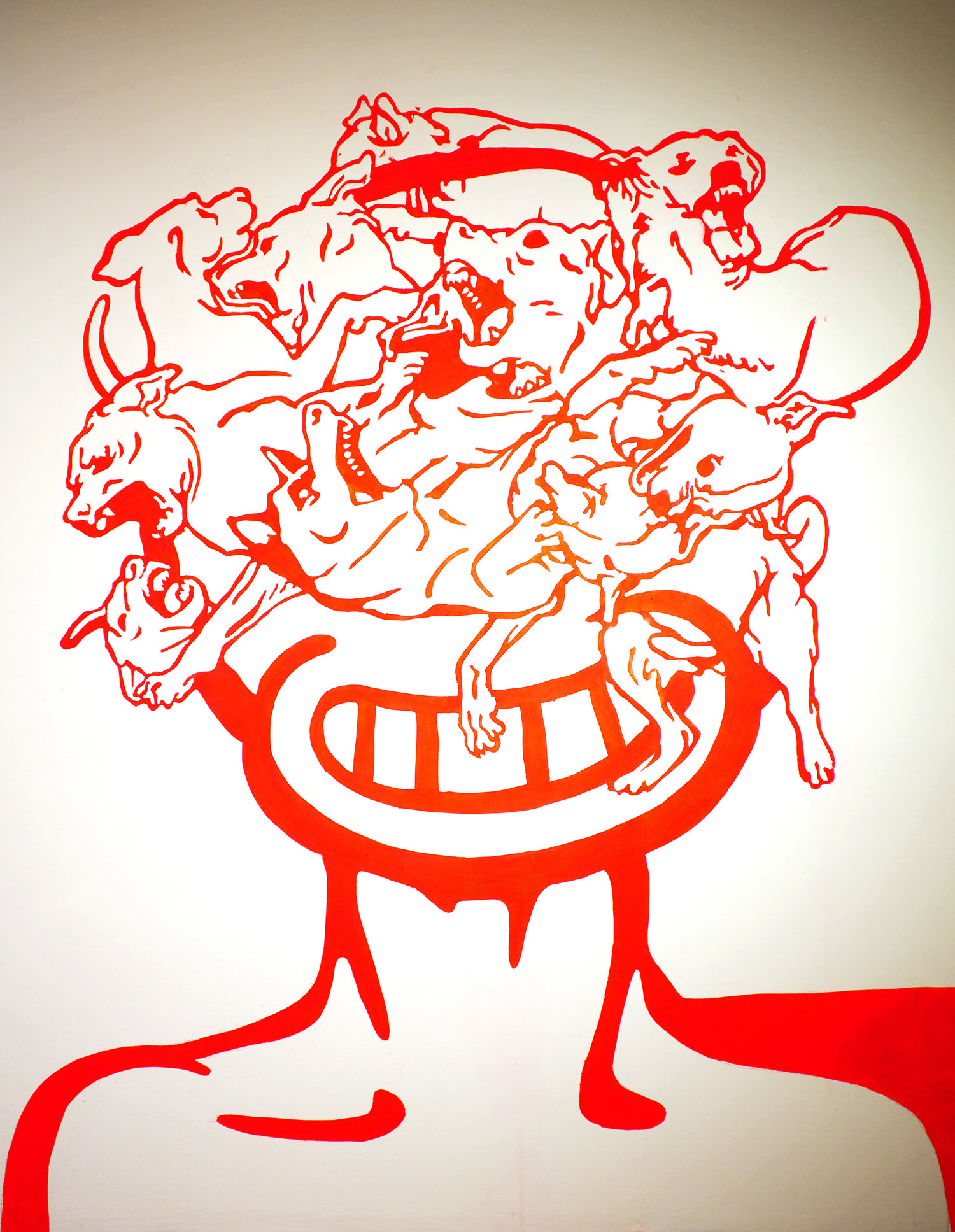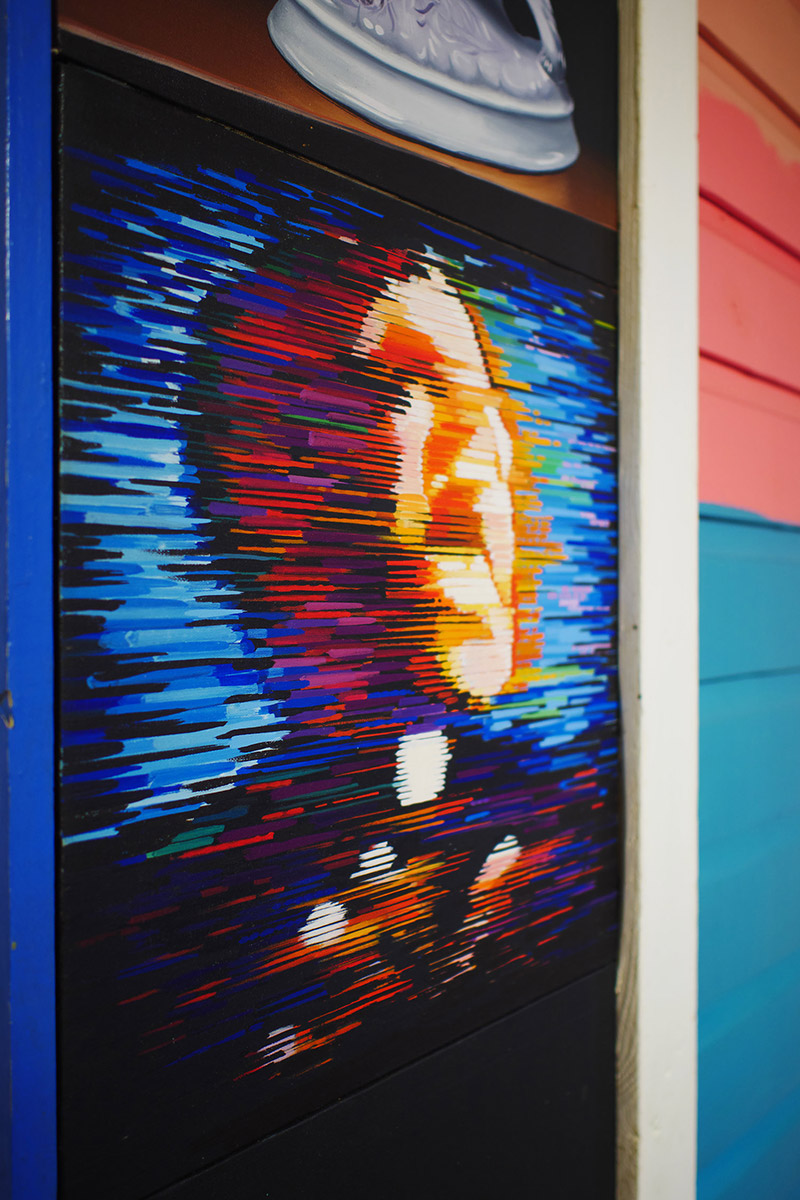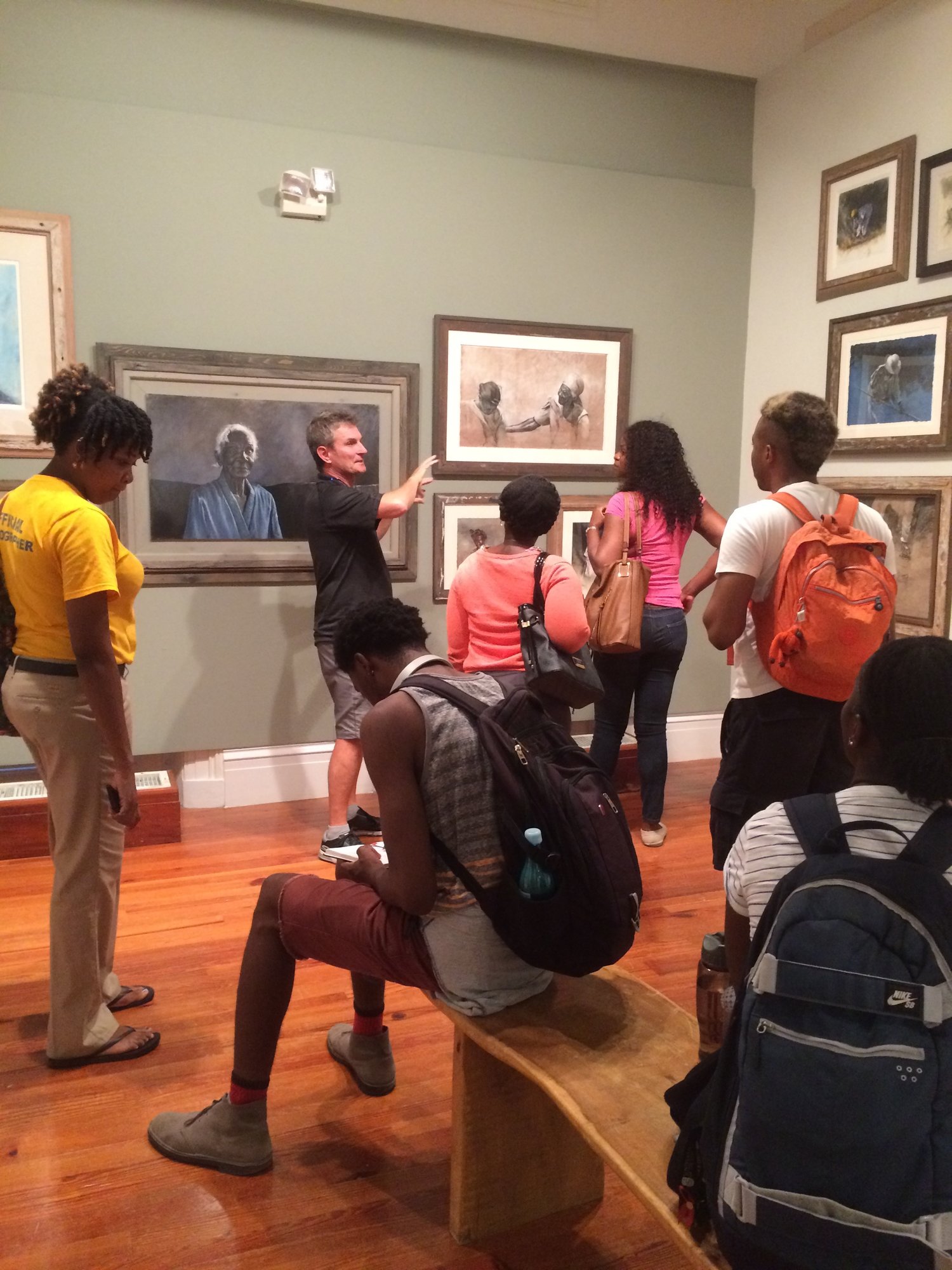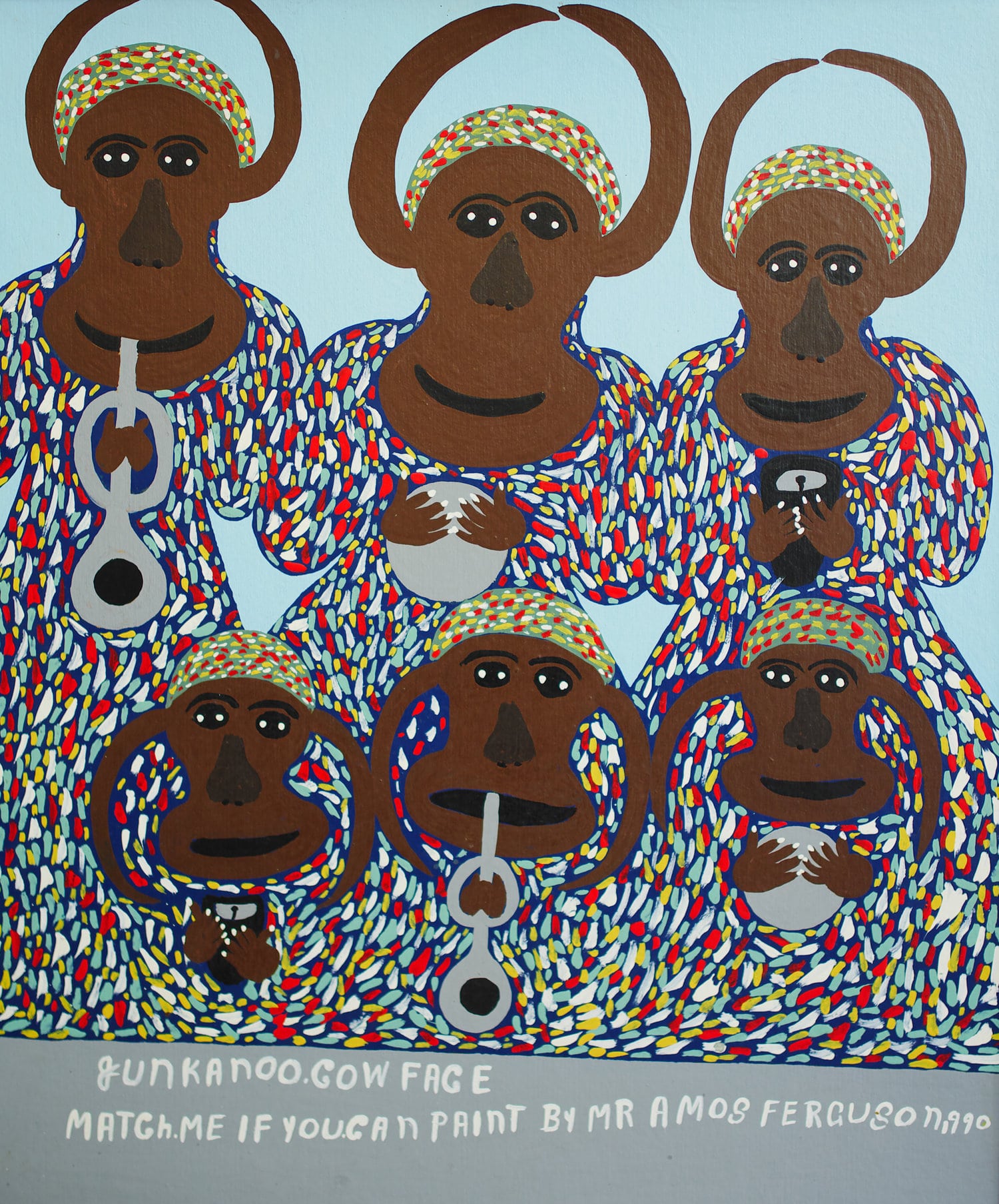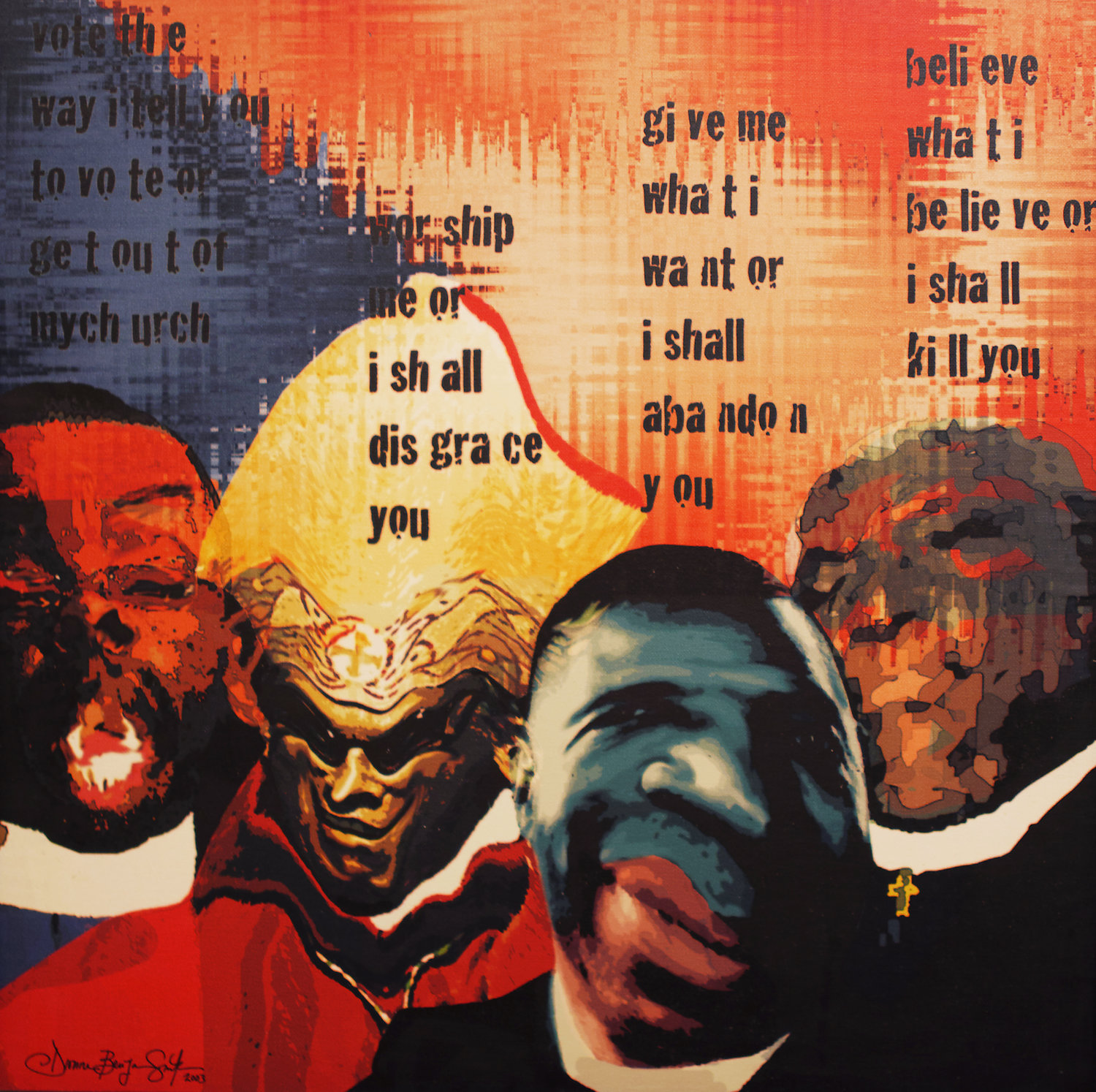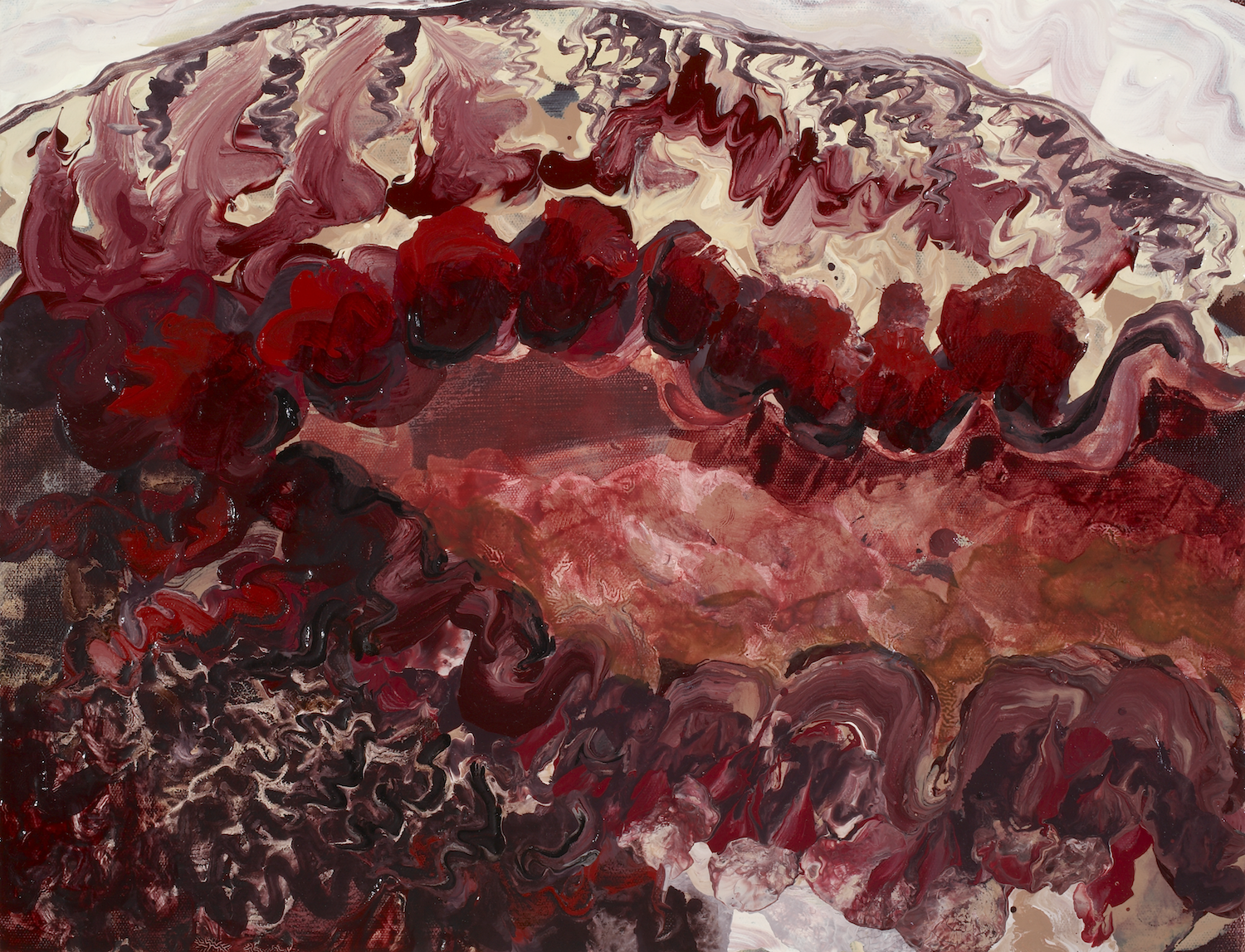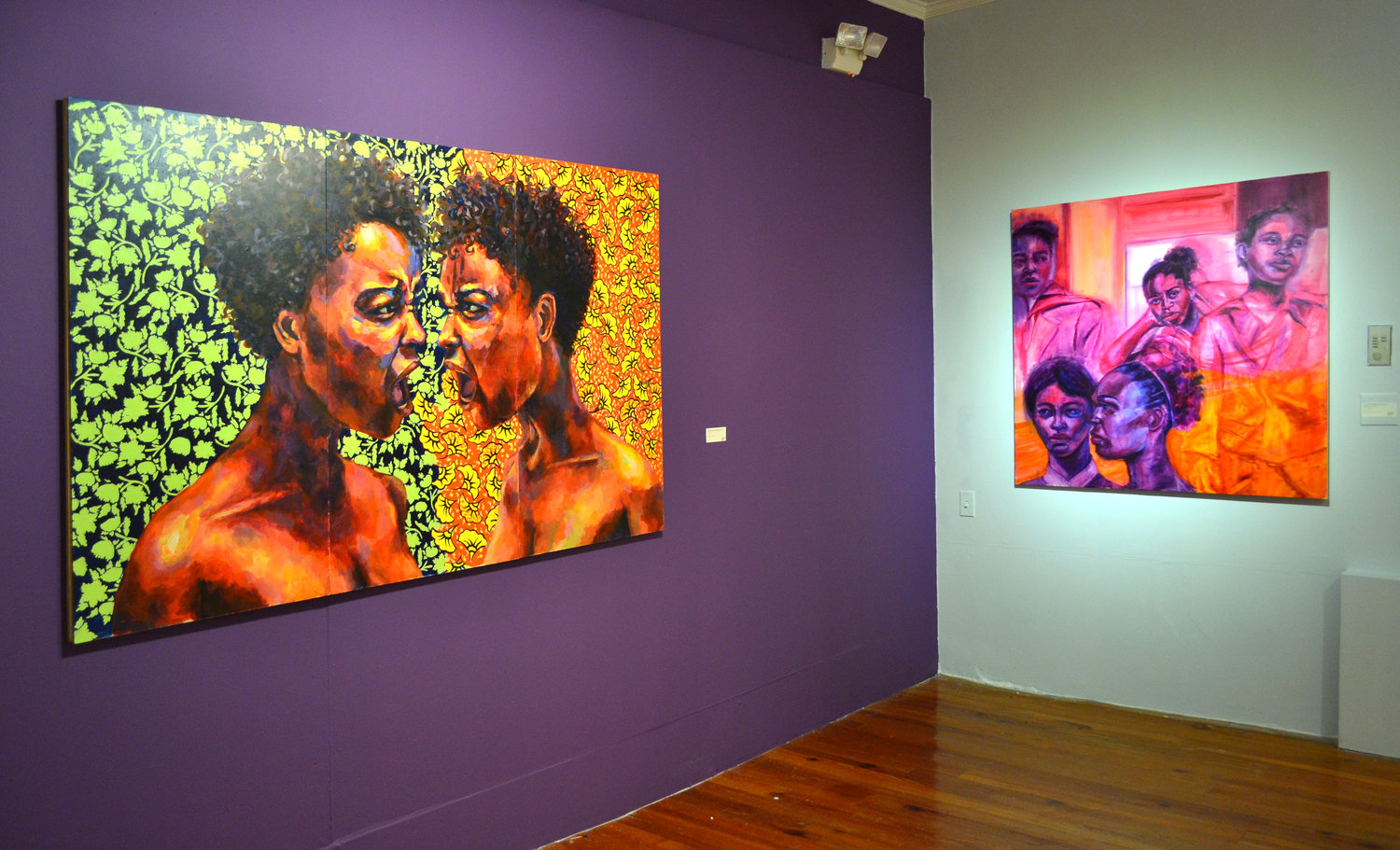By Natascha Vazquez. The interpretation of abstract art entails an inventiveness that allows you to discover for yourself the meaning behind the work. It’s an organic process, it has no equation or set of rules – the art presents itself and you are left with little information to process it. For many, this is unsettling. As humans, we yearn for understanding – we desire clear, detailed instruction. Abstract art provides none of that. Revolutionary colour field painter Mark Rothko says, “Art that truly engages us is felt even when you have turned your back on it.” There’s something really special about that – about feeling the sensation of a work beyond its physicality. It’s when you can feel the strength of the painting from across the room. You can stand in the space the artist once occupied and imagine him or her in that same spot, debating over the next smear of black or red pour or blue dot. Similarly, Jerry Saltz says, “Abstraction disenchants, re-enchants, detoxifies, destabilises, resists closure, slows perception, and increases our grasp of the world.”
